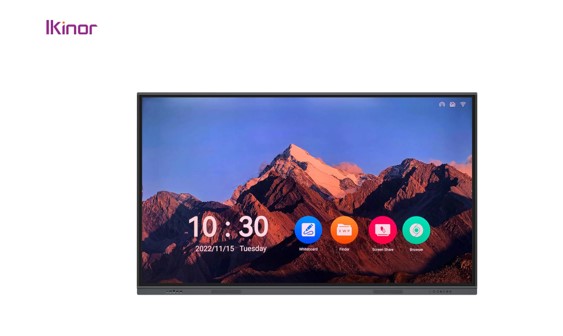Revolutionizing Education: The Power of Interactive Displays in the Classroom

Step into any modern classroom, and you’ll likely see a world of difference from just a few decades ago. Gone are the days of static chalkboards and dusty textbooks; in their place, we now have Ikinor‘s interactive displays that transform learning into an engaging, immersive experience. As technology continues to evolve at breakneck speed, educators are turning to these advanced tools to revolutionize education – but what exactly is the power behind interactive displays?
Benefits of Interactive Displays in the Classroom
- Increased Engagement and Participation
- Improved Collaboration
- Enhanced Learning Experience
How Teachers can Utilize Interactive Displays in the Classroom
- Use interactive displays to create collaborative learning experiences. Interactive displays can be used to facilitate group work and collaboration among students. By using an interactive display, students can work together on projects, share ideas, and provide feedback to one another in real-time. This type of collaborative learning is proven to be more effective than traditional methods of teaching and helps students retain information better.
- Use interactive displays to deliver engaging and interactive lectures. Traditional lectures can be quite boring for students, but by using an interactive display, teachers can deliver lectures that are more engaging and interactive. Students will be able to follow along with the lecture while also being able to interact with the content through questions, comments, and polls. This type of interaction will help keep students engaged and help them learn more effectively.
- Use interactive displays for real-time assessment. Interactive displays can be used to assess student understanding in real-time. By using features such as quizzes, polls, and surveys, teachers can gauge student understanding quickly and easily. This information can then be used to adapt the lesson accordingly or provide additional support where needed.
- Use interactive displays to promote creativity and critical
Conclusion
The implementation of interactive displays in the classroom is revolutionizing education. Not only do they provide a more engaging and immersive learning experience, but also allow students to actively participate in their own learning process. Interactive displays have the potential to bridge gaps between digital and physical resources, empowering teachers with new insights into student needs and progress.





